Terylene Fabric: An Overview
Terylene, a category of polyester fabric, is renowned for its versatility and durability. This synthetic fiber, known for its significant role in the textile industry, is crafted through a chemical process, resulting in a material that is widely utilized across various sectors. Terylene's popularity stems from its adaptability to different manufacturing techniques, allowing for a broad spectrum of textures and fabric weights.
Characteristics and Applications
The fabric's inherent strength lends itself to a multitude of applications. Its resistance to stretching and shrinking makes it an ideal choice for clothing, while its quick-drying properties are advantageous for outdoor gear. Additionally, terylene's wrinkle-resistant nature ensures its use in home textiles, such as bedding and curtains, providing consumers with low-maintenance fabric options.
Environmental and Maintenance Aspects
With an increasing focus on sustainability, terylene fabric offers benefits due to its longevity and ease of care. The material's resilience to mildew and most chemicals allows for less frequent replacements and straightforward cleaning processes, aligning with eco-friendly practices by reducing waste and maintenance resources.
Technical Specifications
Terylene fabrics are engineered to meet specific performance criteria, including various levels of elasticity, printability, and colorfastness. These technical specifications cater to the precise needs of different industries, ensuring that the fabric's attributes align with the intended use, whether for personal attire or commercial applications.
Material Composition and Advantages
Terylene is a polymer, created from petroleum derivatives, known for its exceptional tensile strength. The material's advantages include its resistance to various environmental factors, such as sunlight and moisture, making it a reliable choice for both indoor and outdoor use. Its synthetic nature also allows for the creation of blends with other fibers, enhancing functionality and aesthetic appeal.
Choosing the Right Terylene Fabric
Selecting the appropriate terylene textile involves considering the end-use, as the fabric's properties can be optimized to suit specific requirements. For instance, a terylene blend may be preferable for garments requiring a softer touch, while a sturdier weave benefits furniture upholstery. It is essential to assess the fabric's weight, stretch, and print to ensure it meets the demands of its application.
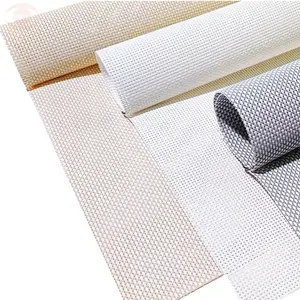

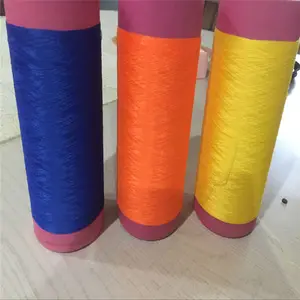

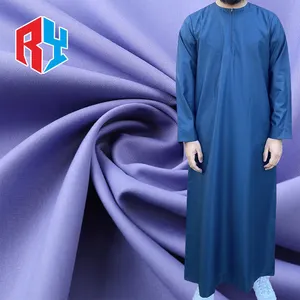





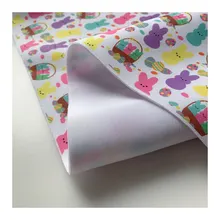
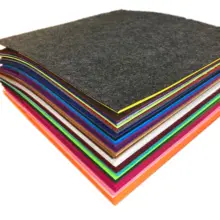



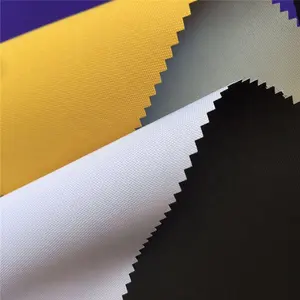
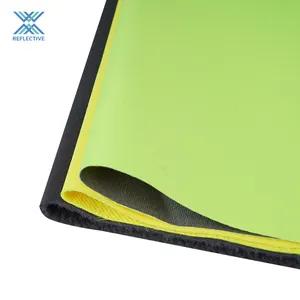



















 浙公网安备 33010002000092号
浙公网安备 33010002000092号 浙B2-20120091-4
浙B2-20120091-4